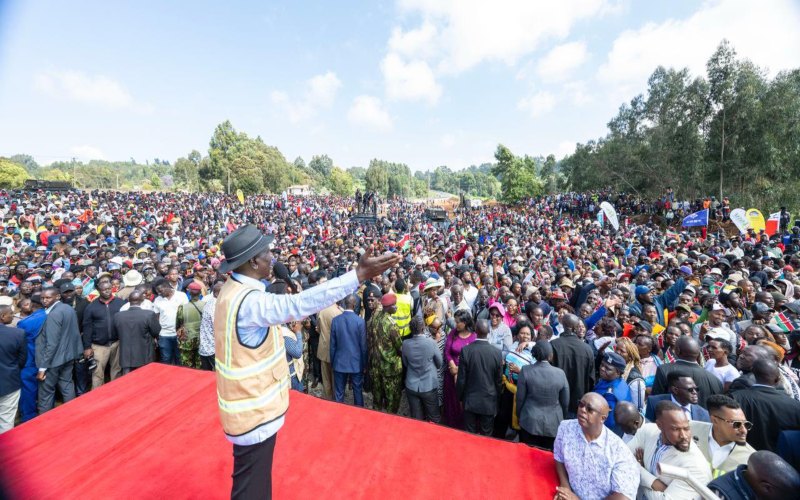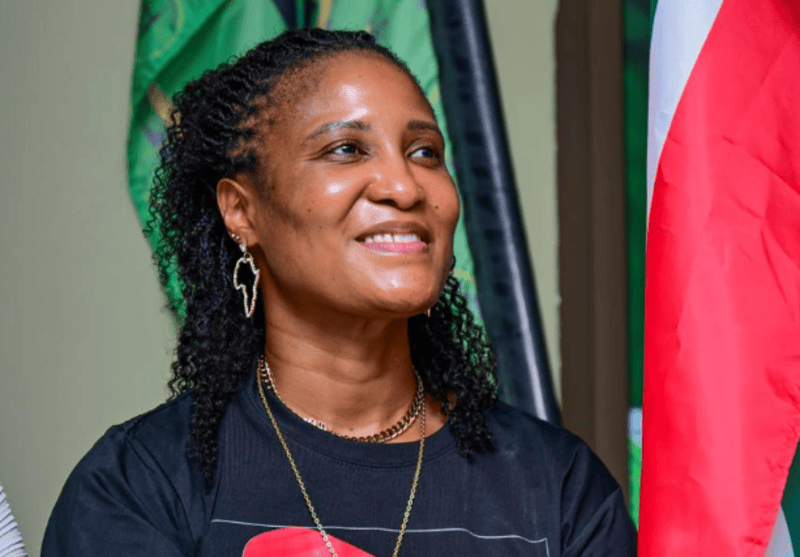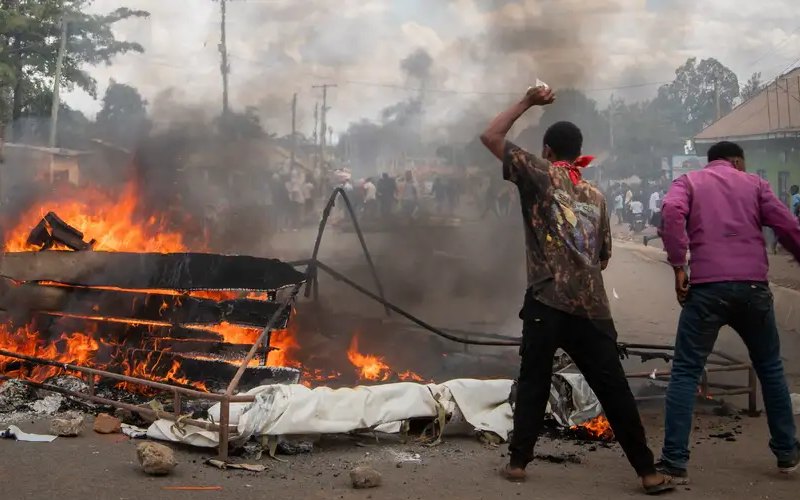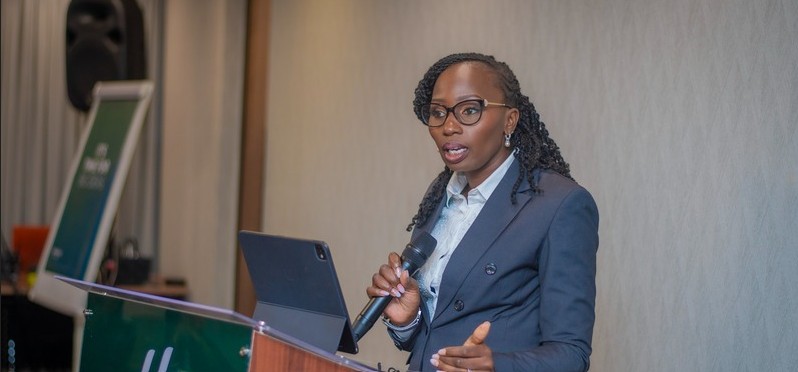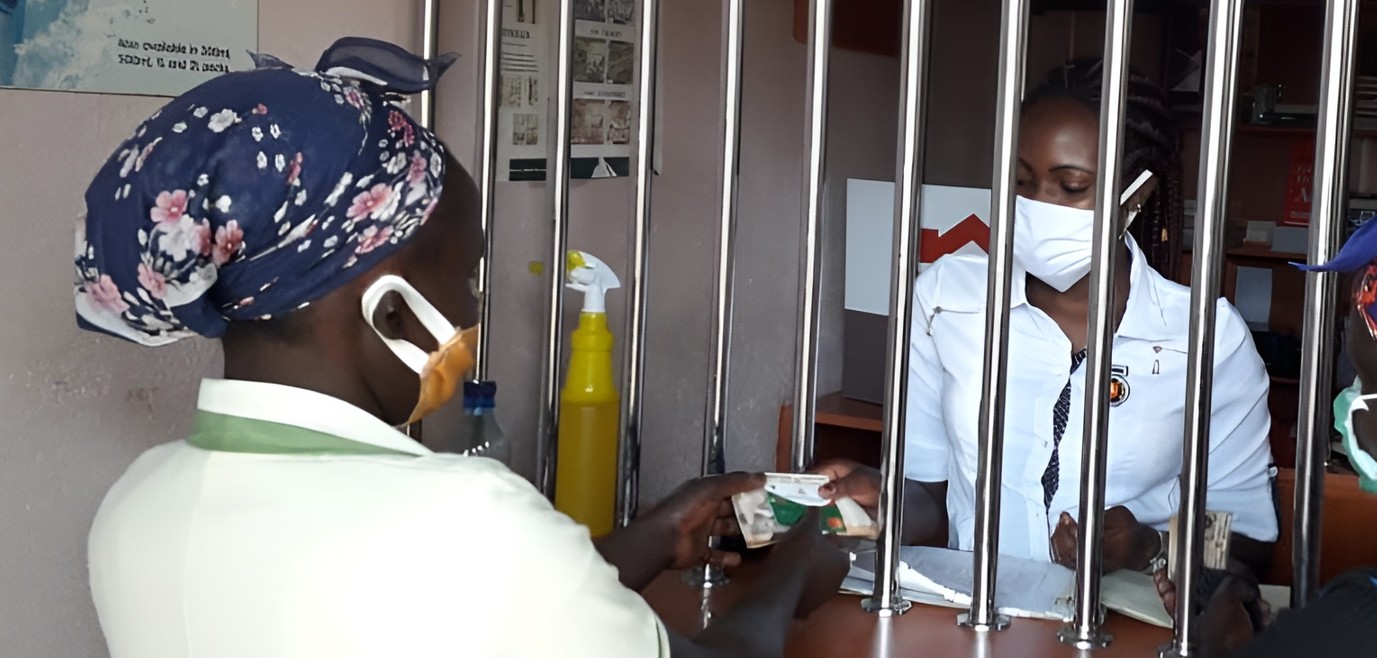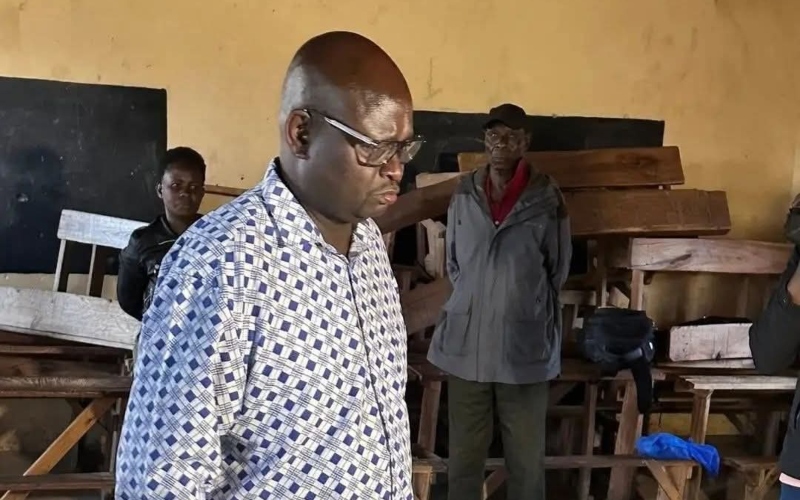Elders want barriers built around kayas to keep grabbers away
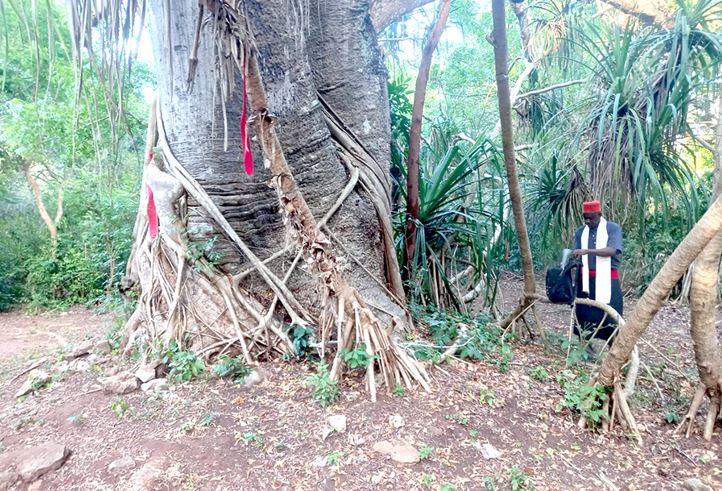
Last year the elders locked horns with some investors who wanted to clear the forest for development purposes.
Kaya elders from Kwale County have called on the national government to build perimeter walls around kayas to protect them from land grabbers.
According to the elders, most kayas — revered as sacred sites among the Mijikenda people— are unfenced and abandoned, making them easily accessible by land grabbers and charcoal burners.
More To Read
Kaya forests are listed as national monuments and UNESCO World Heritage sites.
Kaya in Mijikenda means a home. The kayas are popular among the nine tribes that make up the Mijikenda — the Agiriama, Adigo, Aduruma, Achonyi, Ariibe, Arabai, Akambe, Akauma, and Ajibana.
Each tribe has its sacred forests where they perform their traditional rituals.
According to UNESCO, there are over 50 kayas in Mombasa, Kwale, and Kilifi counties. Kwale County is home to about 15 Kayas.
The Mijikenda kaya forests consist of 10 separate sites spread over 200km along the Coast, containing the remains of numerous fortified villages which were known as kayas.
The Mijikenda people believe that the kayas, created in the 16th century but abandoned by the 1940s, are the sacred homes of their ancestors. They are maintained by a council of elders.
Speaking at Kaya Diani, the elders expressed concerns about losing kayas in the future due to rampant land grabbing.
Last year the elders locked horns with some investors who wanted to clear the forest for development purposes.
Almost depleted
Led by Kaya Diani chairman Idi Siwa, the elders said the Kaya forest is almost depleted despite their efforts to conserve it.
He urged the national government to introduce strict measures against land grabbers, especially those targeting kayas.
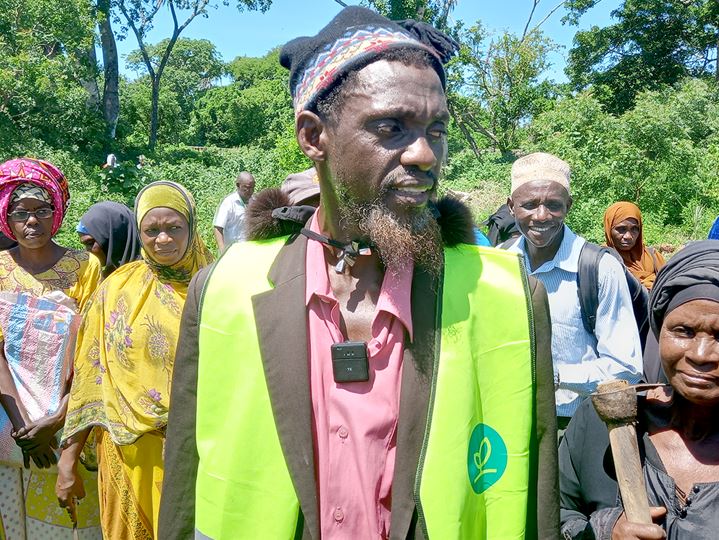 Kaya Tiwi elder Hamisi Mwajaowith other Kaya members and residents during a tree planting exercise to restore degraded forests. (Photo: Mishi Gongo)
Kaya Tiwi elder Hamisi Mwajaowith other Kaya members and residents during a tree planting exercise to restore degraded forests. (Photo: Mishi Gongo)
"Kaya Diani is 90 per cent grabbed. We are only remaining with 40 acres from the previous over 100 acres. If this is not stopped, we are afraid of losing our unity and cultures as Mijikenda," he said.
Kaya Diani secretary Salim Mwalimu alleged the grabbing is done by private developers from other counties.
He blamed the county government for remaining mum despite the grabbing happening under its watch.
"Recently we have planted trees at Kaya Tiwi to combat the effects of climate change but we know our efforts will be futile if we do not get support from the government. People are invading the kayas and cutting down trees for timber and charcoal while developers and even the local community are building houses inside the kayas, which is hindering our activities," the elder said.
Mwalimu called on the Kwale County government to speed up the building of the Sh11 million cultural centre for ecotourism which it had earlier pledged.
"The governor promised us a cultural centre. Two years later we are yet to see any development. We ask the governor to act on her promise," he said.
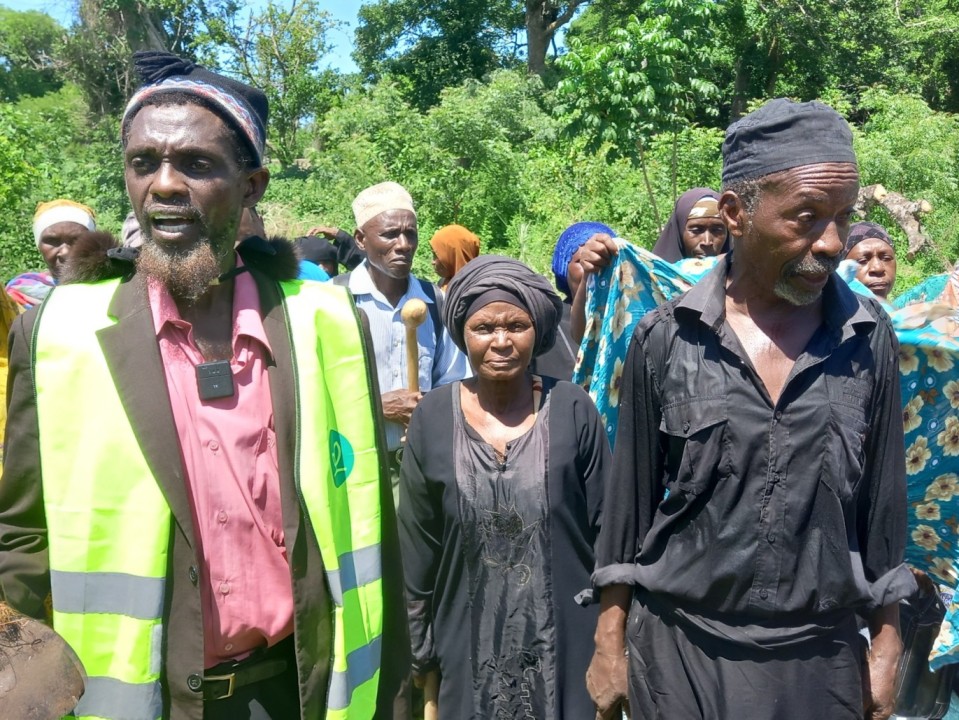 Kaya elders Hamisi Mwajao (left) Nlela Kirungu (centre) and Hamisi Bwika at Kaya Tiwi forest. (Photo: Mishi Gongo)
Kaya elders Hamisi Mwajao (left) Nlela Kirungu (centre) and Hamisi Bwika at Kaya Tiwi forest. (Photo: Mishi Gongo)Kaya elders
Kaya elders have been decrying the degradation of their sacred places due to the cutting down of trees for timber and charcoal.
Kaya Tiwi elder Hamisi Mwajao said this has depleted the forest which was once home to ancient trees, contributing to global warming.
For many years, the Mijikenda community protected the kayas for their religious and cultural significance.
Mwajao said the exploitation of the forest by land grabbers endangers not only the environment but also their spiritual well-being and way of life.
He said due to the invasion of forest lands in the county, severe drought and floods have struck the region.
"Currently we are unable to conduct our rituals because the forest has been severely damaged, but we hope the government will join us in the fight to protect these forests," he said.
The Kaya Tiwi borders the famous Kongo Beach River and the historic Kongo Mosque which act as tourist attraction sites.
Ms Nlela Kirungu said kayas play a significant role in the community as they hold ancestral history and promote cultural heritage.
Another resident, Hamisi Bwika, urged the government to enhance the protection of forest lands and reclaim the grabbed ones.
"Kayas are protected places. We ask the government to save them from the land grabbers who are out to invade them," he said.
He said both the county and national governments must ensure that people uphold conservation rules.
Ali Mwachangu said that currently, the elders are engaging locals on the importance of protecting the kayas.
Now occupying a coastal strip approximately 50km wide and over 300km long, the kayas are residual areas of once extensive lowland forest.
The Mijikenda people are the dominant ethnic community in the coastal region, stretching between Kenya’s border with Tanzania to the south, and the northern limit of Kilifi County near the River Tana.
Top Stories Today
